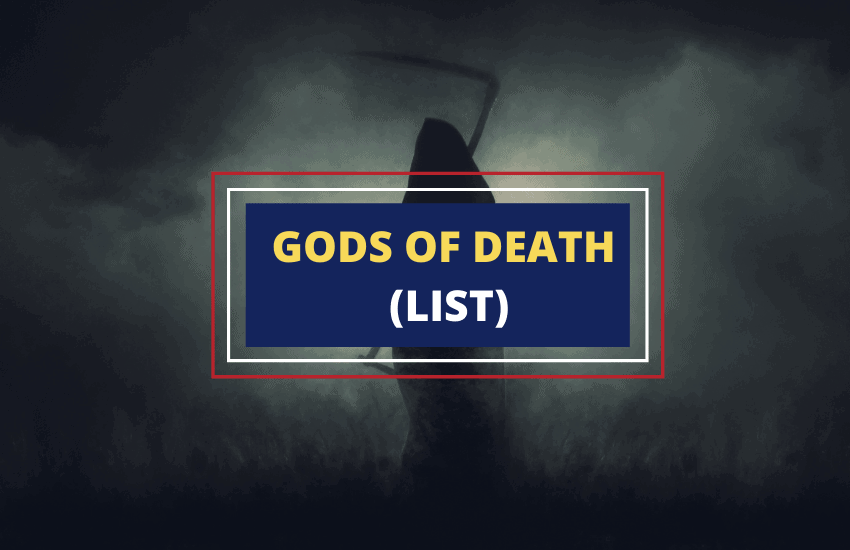
Table of Contents
Death and birth are the two major parts of human life. Just as we celebrate birth, many of us fear death as something unknown, unavoidable, and unpredictable. For this reason, many cultures across the world have incorporated deities associated with death in their mythology and religion.
There are different types of these deities – some rule over the Underworld or the Afterlife; others are associated with either resurrection or destruction. They can be considered good or evil, but sometimes also necessary, as they maintain the balance of life.
In this article, we will take a closer look at the most prominent gods of death in different cultures and religions.
1. Anubis
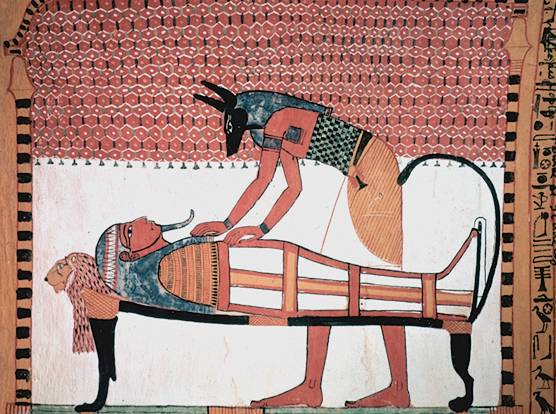
Anubis was the god of funerals, mummification, death and lord of the underworld, before the god Osiris. Anubis was believed to care for every soul in the afterlife and prepared them to face Osiris in the Hall of Judgement.
He was also the protector of graves and tombs. Due to these associations, Anubis is portrayed as a dark-skinned man (representing the color of a corpse after embalmment) with a jackal’s head (animals that scavenged the dead).
Anubis was one of the most famous deities of ancient Egypt and was much loved and revered, providing hope and certainty that they would be cared for after death. Because ancient Egyptians were firm believers of the afterlife, Anubis remained an important deity to them.
2. Coatlicue
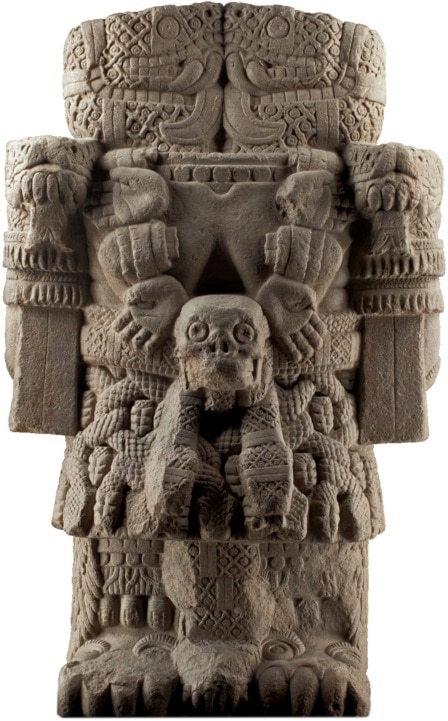
In Aztec mythology, Coatlicue (meaning Serpent Skirt) is the goddess of death, destruction, Earth, and fire. The Aztecs worshiped her as both the creator and destroyer, and she was considered the mother of both gods and mortals. As a mother, she was nurturing and loving, but as a destroyer, she had a tendency to consume human lives through natural disasters and calamities.
To appease the goddess, Aztecs regularly offered her blood sacrifice. For this reason, they didn’t kill their war captives but sacrificed them for the sun and good weather. The dualism of the mother-destroyer goddess is embodied in Coatlicue’s image.
She was usually depicted wearing a skirt made of interwoven snakes, symbolizing fertility as well as a necklace made of skulls, hearts, and hands, indicating that she was feeding on corpses, just as the Earth consumes everything that is dead. Coatlicue also had claws as her fingers and toes, symbolizing her power and ferocity.
3. Demeter
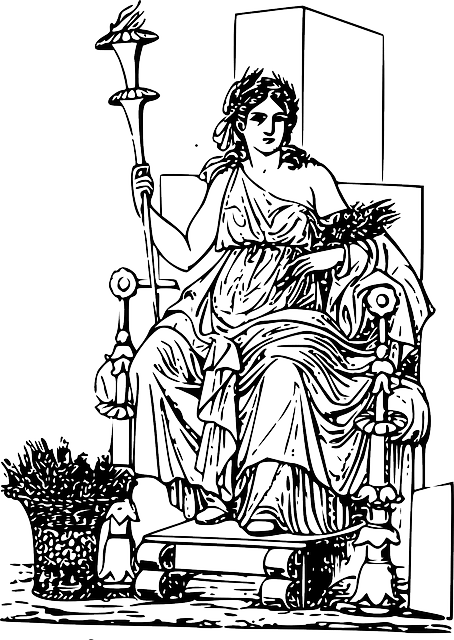
Demeter is the Greek goddess of the harvest, presiding over the land’s fertility and grains. She’s also commonly associated with the endless cycle of life and death and was linked to the dying of the fields. This association is due to one myth regarding her daughter Persephone.
Hades, god of the Underworld, abducted her virgin daughter and took her to the Underworld. Demeter’s sorrow and grief lead to the crops on Earth to go dormant and die. As Demeter was mourning the loss of her daughter during this time, everything on Earth stopped growing and died. After negotiating with Hades, Demeter was able to have Persephone with her for six months of the year. During the other six months, winter arrives, and all becomes dormant.
In this way, Demeter represents death and decay, but also demonstrates that there is growth and hope within death.
4. Freyja
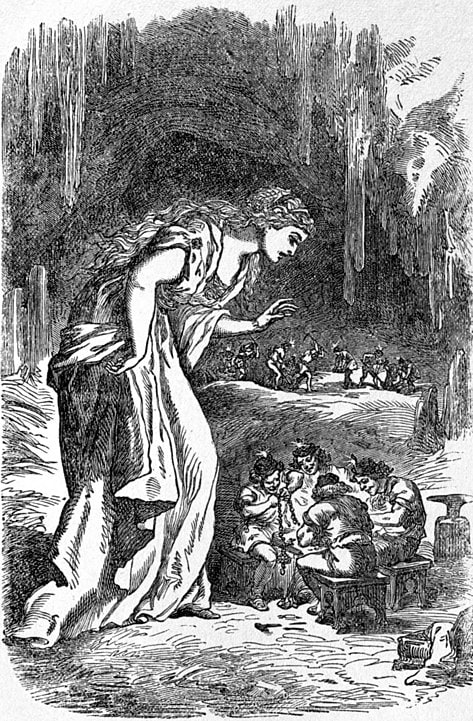
In Norse mythology, Freyja, the old Norse word for Lady, is the most renowned goddess associated with death, battle, war, but also love, abundance, and fertility. She was the daughter of the Norse sea god Njörd and was the sister of Freyr. Some identified her with Frigg, the wife of Odin. She’s most commonly depicted riding a chariot pulled by cats and wearing a feathered cloak.
Freyja was in charge of the realm of the dead Folkvangr, where half of those slain in battle would be taken. Despite being in control of a component of Norse afterlife, Freyja is not the typical goddess of death.
Freyja was also mostly known for her beauty, representing fertility and love. Although she’s a seeker for passionate thrills and pleasures, she’s also the most skilled practitioner of the Norse magic, called seidr. Due to these skills, she’s able to control the health, desires, and prosperity of others.
5. The Furies
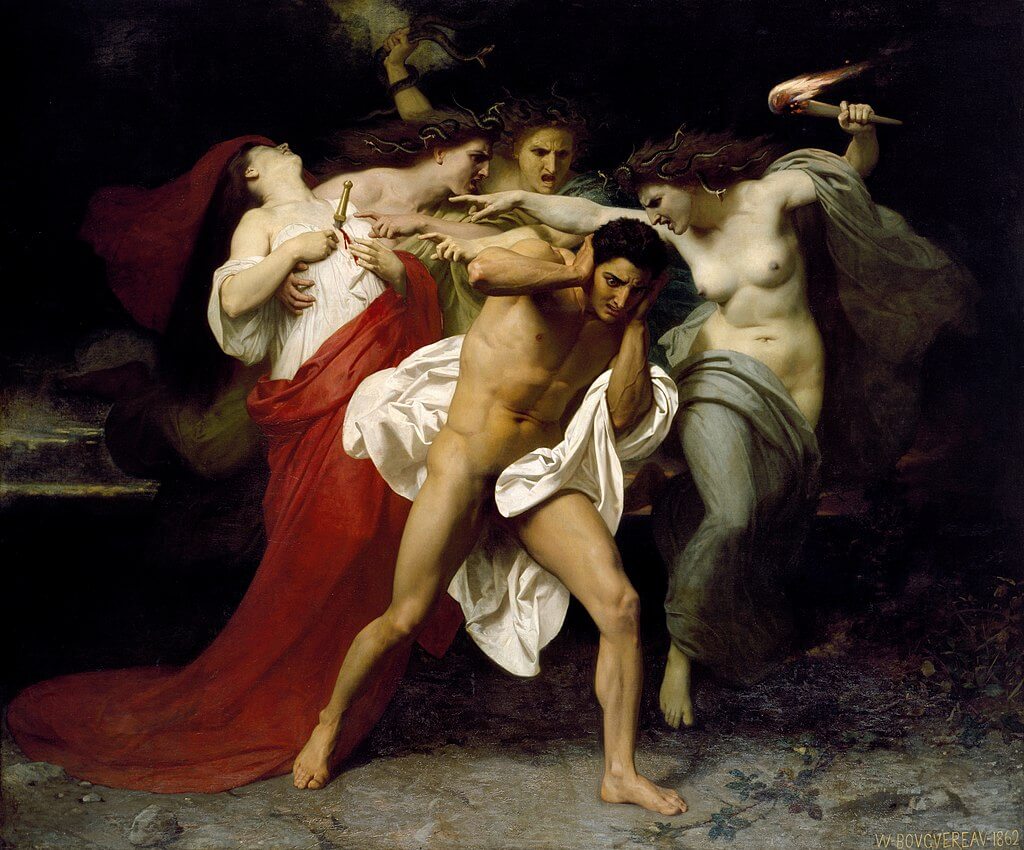
In Greco-Roman mythology, the Furies, or the Erinyes, were the three sisters and the goddesses of retribution and vengeance, who were also associated with the Underworld. They were associated with the ghosts or the souls of the murdered, punishing mortals for their crimes and for disturbing the natural order. They were later given names – Allecto, or Unceasing in Anger, Tisiphone, or the Avenger of Murder, and Megaera, or The Jealous One.
The Furies particularly frowned upon homicide, perjury, unfilial conduct, and offending the gods. The victims of different injustices would call upon the Furies to curse those who committed the crime. Their wrath manifested in a variety of ways. The harshest one was tormenting disease and madness of those who committed patricide or matricide. Orestes, son of Agamemnon, was one who suffered this fate at the hands of the Furies for killing his mother Clytemnestra.
In the Underworld, the Furies were the servants of Persephone and Hades, overseeing the torture and suffering of those sent to the Dungeons of the Damned. As the fury sisters were greatly feared and dreaded, the Ancient Greeks depicted them as hideous and winged women, with poisonous serpents entwined in their hair and around their waists.
6. Hades
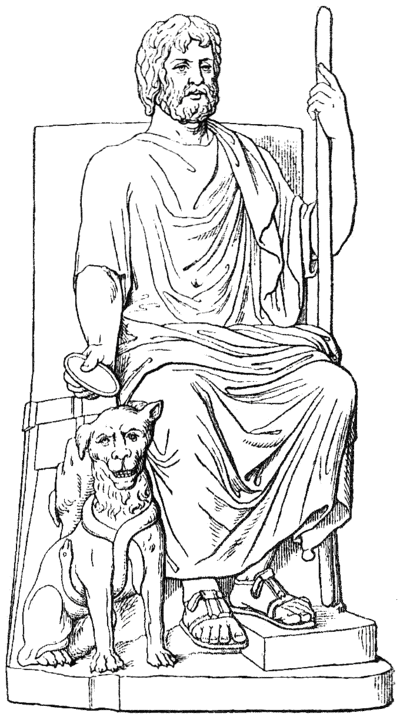
Hades is the Greek god of the dead and the king of the Underworld. He’s so well-known that his name is often used as a synonym for the Underworld. When the realm of the universe was divided up, Hades chose to rule the Underworld, while his brothers Zeus and Poseidon chose the skies and sea respectively.
Hades is depicted as a stern, passive and cold figure, but one who was just and who only meted out punishment that the recipient deserved. He was fearsome but never cruel or unnecessarily mean. In this respect, Hades is one of the most balanced and fair rulers of Greek mythology. Although he abducted Persephone, he remained loyal and loving towards her and she eventually learned to love him too.
7. Hel
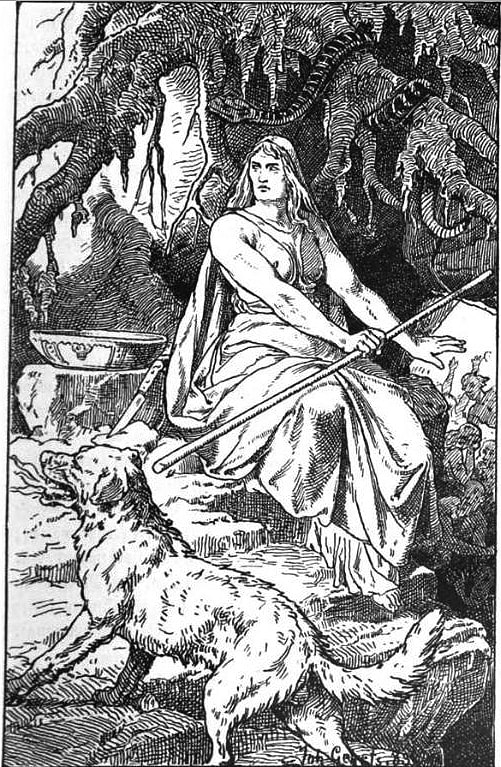
According to Norse mythology, Hel was the goddess of death and the ruler of the Underworld. She’s the daughter of Loki, the trickster god, and Angrboda, the giantess. It was believed Hel ruled over the kingdom called the World of Darkness or Niflheim, which was the final resting place of the murders and adulterers.
Hel was also the caretaker of Eljuonir, the large hall where the souls of those who died from sickness or natural cause go. In contrast, those who died in battle would go to Valhalla, ruled by Odin.
The Norse myths and stories depict Hel as a ruthless and merciless deity, whose body was half flesh half corpse. She’s also often portrayed as half black and half white, representing death and life, the end and the beginning.
8. Kali
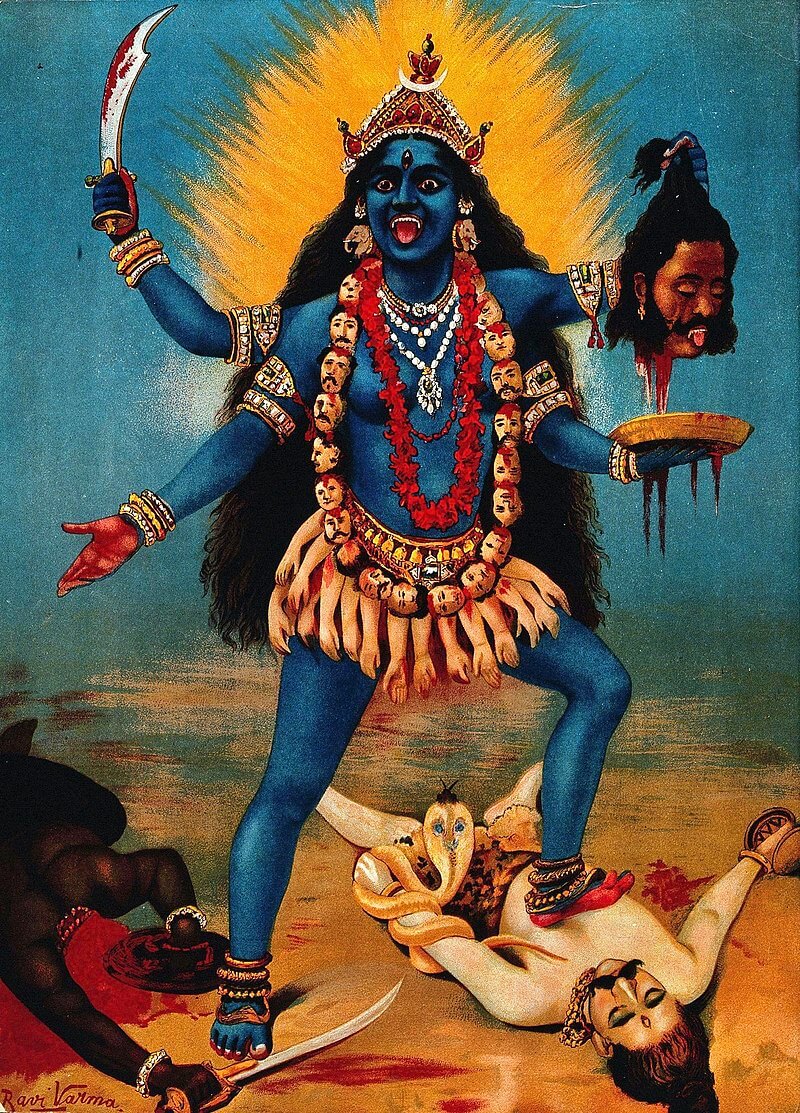
In Hinduism, Kali, meaning The One Who is Black or The One Who is Dead, is the goddess of death, doomsday, and time. As she embodies the feminine energy, called shakti, she’s often associated with creativity, sexuality, and fertility, but sometimes violence. Some believe that she’s a reincarnation of Shiva’s wife, Parvati.
Kali is often depicted as a fearful figure, with a necklace made of heads, a skirt made of arms, with a hanging tongue, and waving a blood-dripping knife. As she’s a personification of time, she devours everything and everyone and is feared and respected by both mortals and gods. Despite her violent nature, she’s sometimes referred to as the Mother Goddess.
Kali’s cult is particularly prominent in the southern and eastern parts of India, with a center in the Kalighat Temple located in the city of Calcutta. Kali Puja is a festival dedicated to her, which is celebrated every year on the new moon night.
9. Mamam Brigitte
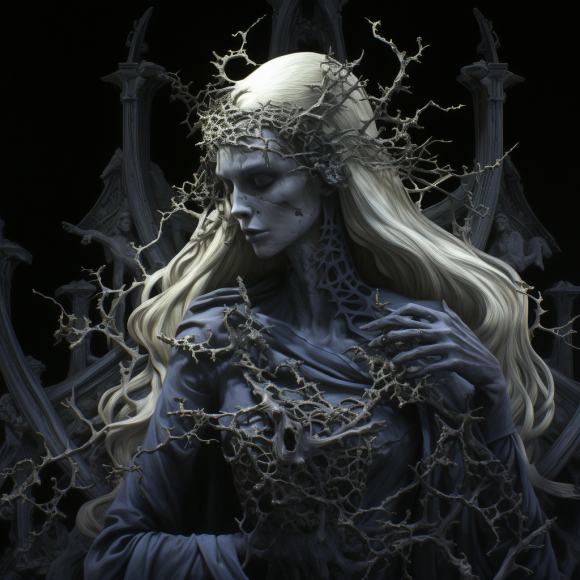
Mamam Brigitte is the goddess of death in Haitian Vodou and is known as the Queen of the Cemetery. Depicted as a pale woman with red hair, it’s believed that this goddess is the Haitian adaptation of the Celtic goddess Brigid, who was brought to Haiti by workers from Scotland and Ireland.
Together with her husband, Baron Samedi, Mamam Brigitte is the mother of the Underworld who rules over the realm of the dead and is tasked with transforming the souls of the dead into Ghede Iwa, the spirits or forces of nature in the world of Vodou. It’s believed that she is the patroness and protector of both the dead and the living.
10. Meng Po
Meng Po, also known as Lady Meng, which means dream, is a Buddhist Goddess who was the keeper of the number of realms underneath the Earth according to Chinese mythology. She presided over the realm of the dead, called the Diyu, the Ninth Chinese Hell. Her responsibilities included wiping out the memories of those who were supposed to be reincarnated. This would help them start a new life with a clean slate. Because of this, some called her the goddess of reincarnation, dreams, and forgetfulness.
According to legend, she would prepare her magic tea on the Nai He Bridge, the bridge of forgetfulness. Only one sip of the tea was enough to erase all the knowledge and wisdom, as well as the burdens of the past life. It’s believed that only the Buddha found the antidote to this magic five-flavored potion, who revealed his previous life through meditation.
11. Morrighan
The Morrighan, also known as the Phantom Queen, was one of the most revered deities in Celtic mythology. In Ireland, she was associated with death, war, battle, destiny, strife, and fertility, but she was also a popular deity in France. The Morrighan was one aspect of the divine trio of sisters, representing the crow, who was the guardian of fate and the prophecy teller.
The Morrighan was married to the Great God, or the Dagda, who used to ask for her foretelling before every bigger battle. She generously offered her prophecies to the gods as well as warriors. She would appear as a flock of ravens during battles, circling battlefields and taking away the dead. Besides ravens and crows, she was also associated with wolves and cows, representing fertility and sovereignty of the land.
12. Odin
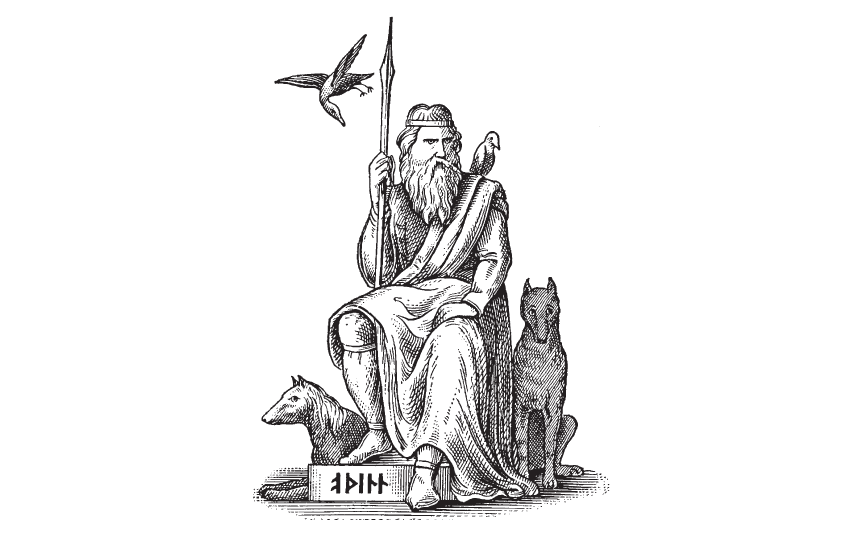
Odin is the god of both war and death in Norse mythology. He ruled over Valhalla, the majestic hall where half of all slain warriors went to eat, make merry and practice fighting until Ragnarok, when they would join Odin and fight on the side of the gods.
However, Odin’s interest is only in those who have died glorious deaths. If the deceased is not a hero, i.e. they’ve died of disease or of natural causes, they go to the boring and frigid Helheim, the underworld realm where Loki’s daughter Hel reigns.
13. Osiris
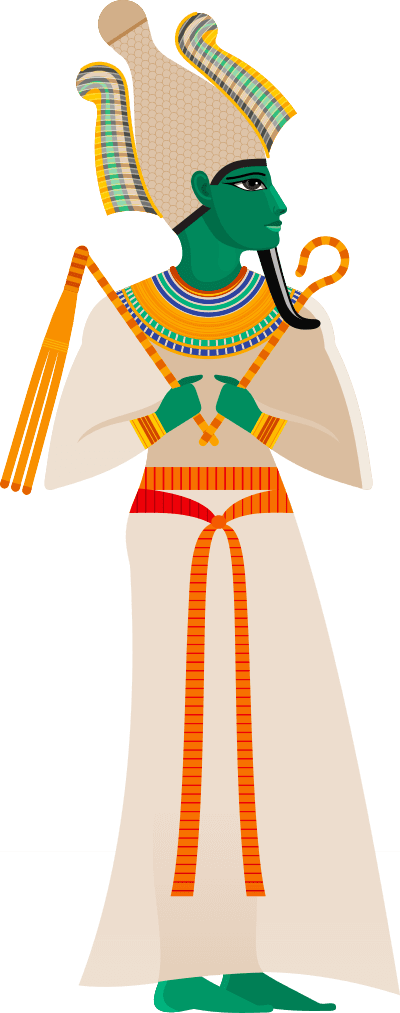
The Egyptian god of life and death, Osiris has one of the most famous myths of all Egyptian mythology. The story of his murder, dismemberment, partial resurrection and eventual passing into the afterlife make up a central component of Egyptian myth. Osiris rules the underworld and judges the souls of those who have died, by placing the heart of the deceased on a scale judged against the Feather of Ma’at. If the heart was guilt-free, it would be lighter than the feather.
However, Osiris was more than just the ruler of the underworld – he was also the power from which life emanated from the underworld, such as vegetation and the flooding of the Nile. Osiris symbolizes the battle between order and disorder, the cyclical process of birth, death and the afterlife and the importance of life and fertility. In this way, Osiris has a dualistic nature,
14. Persephone
Persephone, also known as the Queen of the Underworld, is the Greek goddess of death, ruling over the realm of the dead together with her husband, Hades. She’s the daughter of Zeus and Demeter. However, as Demeter’s daughter, she’s also worshiped as the goddess of fertility and the spring growth.
As mentioned above, Demeter’s grief at losing her daughter caused famine, winter and decay. Once Demeter finds her abducted daughter, she stops mourning, and life on Earth begins anew. For this reason, Persephone is associated with Ostara and the promise of the spring and the greening of the Earth. Due to this myth, she was linked to the changing of the seasons and played an important role in the Eleusinian Mysteries together with her mother.
Other myths, however, portray her strictly as the ruler of the Underworld and the only source of light and brightness to all the souls condemned to spend their afterlife with Hades. Persephone is portrayed as a kind and compassionate figure who tempered her husband’s colder nature.
15. Sekhmet
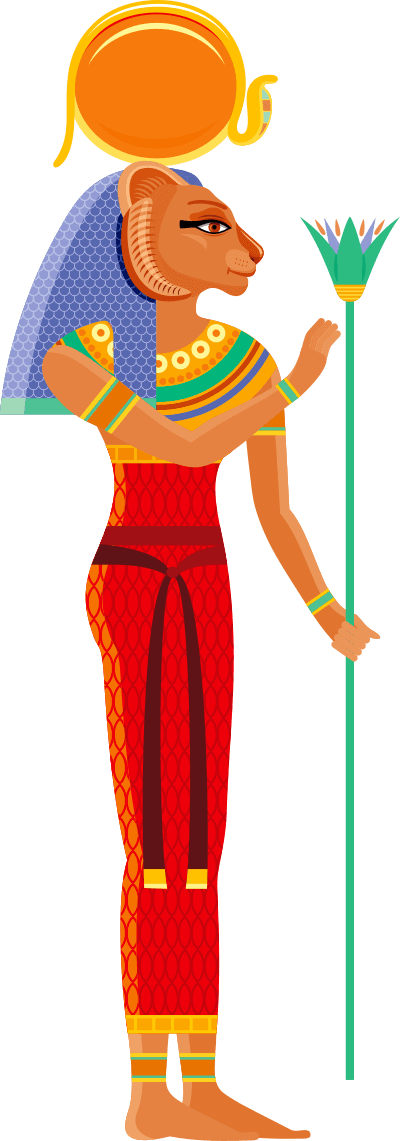
In Egyptian mythology, Sekhmet was the female deity associated with death, war, destruction, and retribution. Her cult has its center in Memphis, where she was worshiped as a part of Triad, together with her husband, the god of wisdom and creation Ptah, and her son, the god of sunrise Nefertum. She’s believed to be the daughter of the sun god and the primary Egyptian deity, Ra.
Sekhmet was often depicted as having feline features, with a lioness’ figure or the head of a lioness. For this reason, she was sometimes identified as Bastet, another leonine deity. However, Sekhmet was represented by the color red and ruled over the West, while Bastet was usually dressed in green, ruling the East.
16. Sedna
According to Inuit mythology, Sedna was the goddess and creator of the sea and its creatures. She was also the ruler of the Inuit Underworld, called Adlivun – located at the bottom of the ocean. Different Eskimo communities have different myths and stories about this goddess, but they all portray Sedna as an important deity as she created all the sea animals and, therefore, provided the most significant source of food.
In one myth, Sedna was a young girl with a great appetite. While her father was sleeping one night, she tried to eat his arm. When he woke up, he was angered and put Sedna on a kayak and took her out to the deep sea, but as he tried to throw her into the sea, she clung onto the edge of his boat with her finger. Her father then cut her fingers one by one. As they fell into the water, they transformed into seals, whales, sea lions, and other sea creatures. Sedna eventually sank to the bottom, where she became the ruler and guardian of the dead.
17. Santa Muerte
In the Southwestern United States and Mexico, Santa Muerte is the goddess of death and is also known as Our Lady of Holy Death. She’s considered a personification of death and is associated with guardianship and safely bringing dead souls to the afterlife, as well as with healing. She’s usually depicted as a female skeleton figure, wearing a long and dark robe and a hood. She often carries a globe and a scythe.
Even though the goddess embodies death, her devotees don’t fear her but respect her as a deity who is kind and protective of the dead as well as the living. Even though the Catholic church leaders tried to discourage others from following her, her cult became more and more prominent, especially at the beginning of the 21st century.
18. Thanatos
In Greek mythology, Thanatos was the personification of death, and represented non-violent and peaceful passing. Thanatos was not a god per se but more of a daimon, or a personified spirit of death. His gentle touch would make a person’s soul pass away peacefully. Thanatos is sometimes portrayed holding a scythe, a figure much like what we know today as the Grim Reaper.
Thanatos was not an evil figure or one to be feared. Instead, he’s a gentle being, who is unbiased, just and indiscriminate. However, he was rigid in his view that death couldn’t be bargained with and when one’s time was up, it was up. In this respect, many disliked Thanatos.
To Wrap Up
It appears the that gods of death from around the world have some common motifs and themes, such as protection, just meting of punishment, animalistic features and potential for vengeance and retribution if they deem someone as a wrongdoer. It’s also interesting that the majority of these gods have a dualistic nature, often representing contradictory traits such as life and death, destruction and healing and so on. And while some were feared, most were venerated and looked upon with respect.








